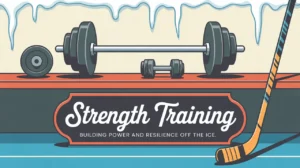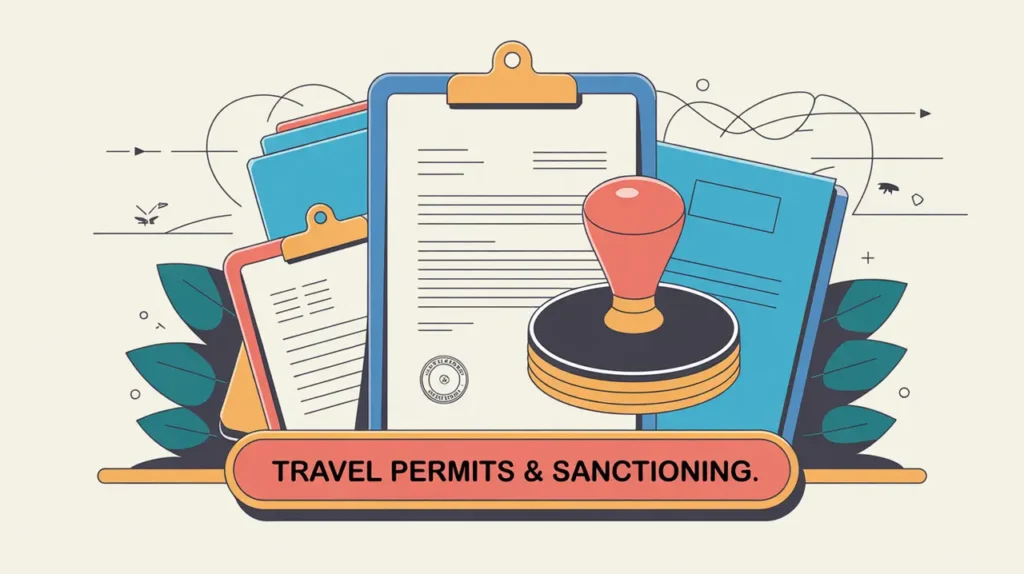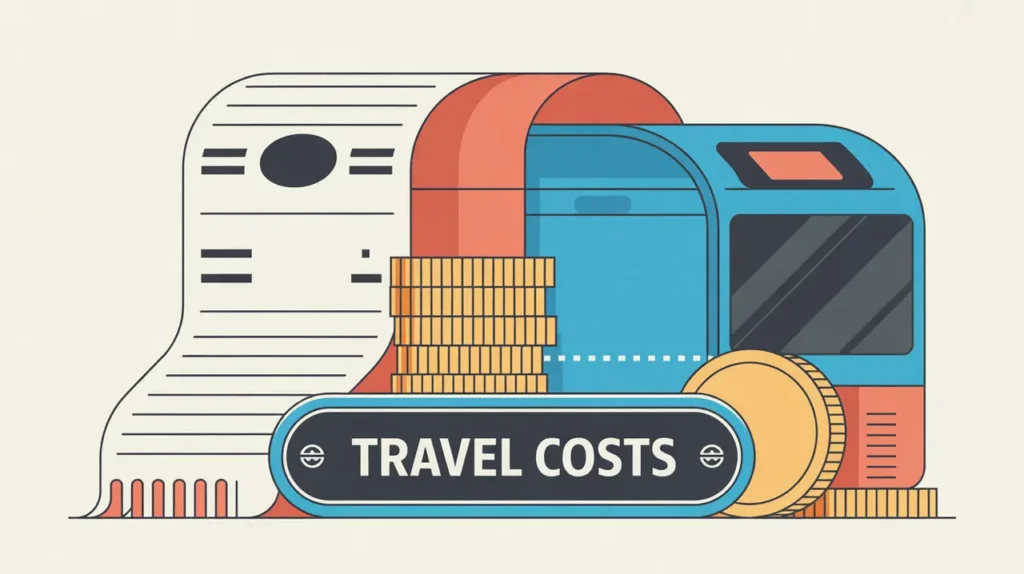Jim’s Intro to Border Crossing
Hi folks, Jim here, the only commentator who argued that “border crossing” was a specialized form of dog breeding, exclusively for border collies of different coat types and colors.
What is border crossing?
Border crossing is when teams or families travel internationally for tournaments, showcases, or league play. For many North American hockey players, this often means crossing between the United States and Canada, but elite teams may travel even farther. Proper planning ensures smooth passage for both people and equipment.
How does it work?
Successful border crossings rely on preparation and organization:
- Valid Documents: Passports are required for air travel and strongly recommended for land travel. Some younger players may use enhanced IDs or birth certificates depending on regulations.
- Consent Letters: Minors traveling without both parents often need notarized permission letters to cross.
- Customs Declarations: Gear bags, sticks, and other equipment may be inspected. Declare food, medical items, or large quantities of goods.
- Travel Insurance and Medical Cards: Carry proof of coverage in case of emergencies abroad.
- Team Coordination: Managers often collect copies of documents in advance to handle issues quickly.
- Time Management: Border lines can be unpredictable. Teams plan extra time into travel schedules to avoid last-minute chaos.
How do you make good decisions with it?
- Check Requirements Early: Rules differ between countries and can change over time.
- Carry Originals and Copies: Keep passports and letters in a secure, accessible place, with backups in case of loss.
- Declare Honestly: Hidden snacks or gear won’t help you breeze through customs.
- Travel as a Group: Coordinated team movement helps avoid stragglers and confusion.
- Stay Polite and Patient: Border agents appreciate organized, respectful travelers.
How do you master it?
Mastering border crossing is about anticipation and clarity. Veteran teams prepare all documents well in advance, communicate requirements clearly to families, and keep everything organized in labeled folders or digital files. Players know the routine, and coaches set the tone.
What does it look like when done right?
A smooth border crossing feels efficient and uneventful. The team moves through together, documents are in order, customs clears gear without issue, and everyone continues the journey without stress.
Commentator’s Corner
Jim’s Take
Border crossings can feel like a defensive zone breakout: if everyone’s in position and communicates, you glide right through. If not, you’re stuck in your own end for way too long.
Parent Tip
Double-check travel documents weeks before departure. Missing paperwork is one of the most common avoidable issues.
Player Tip
Keep your ID and papers in one safe place and know how to answer basic questions confidently and respectfully.
A Final Thought
Crossing borders is part of the adventure in competitive hockey. With preparation and teamwork, it becomes a smooth step on the journey instead of a stressful hurdle.









